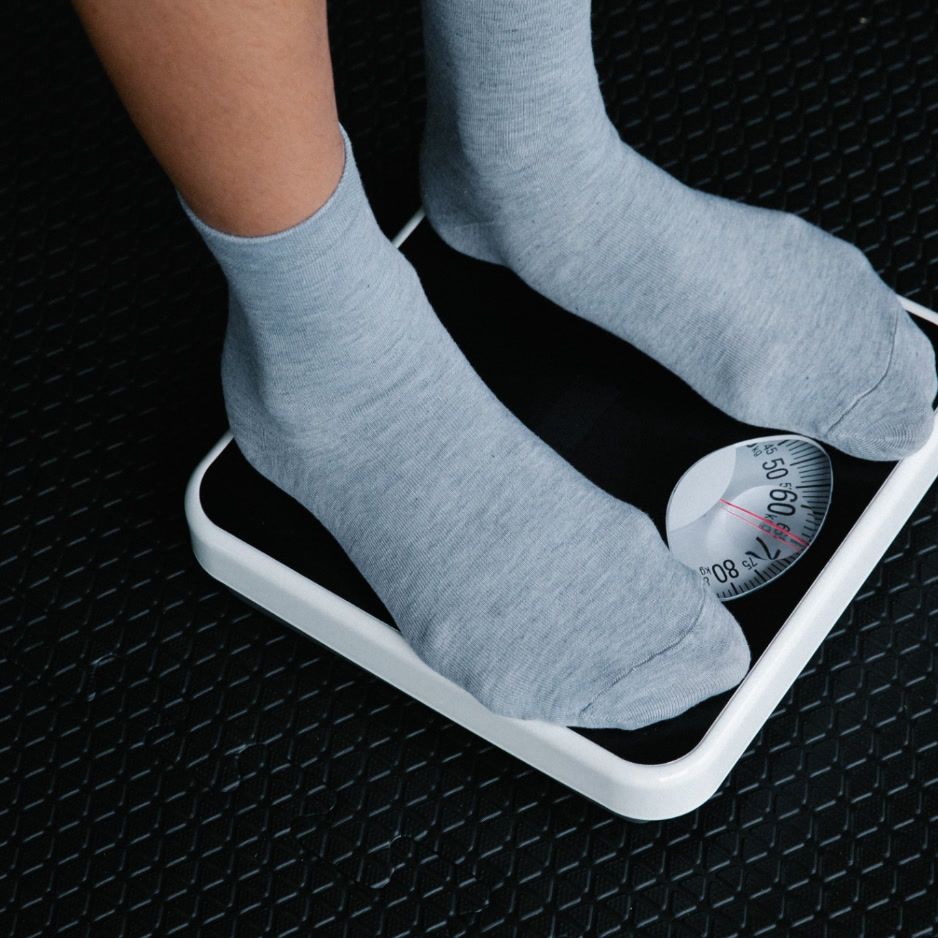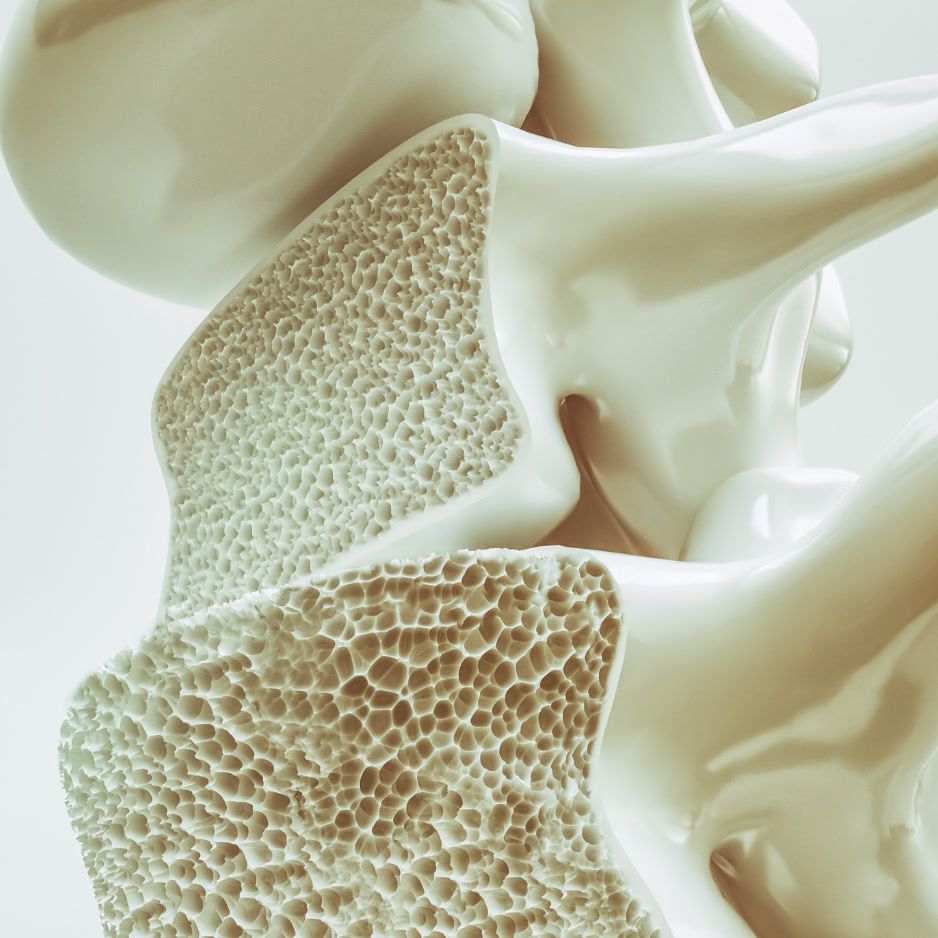Zumba Guide: Benefits, Moves & Class Planner
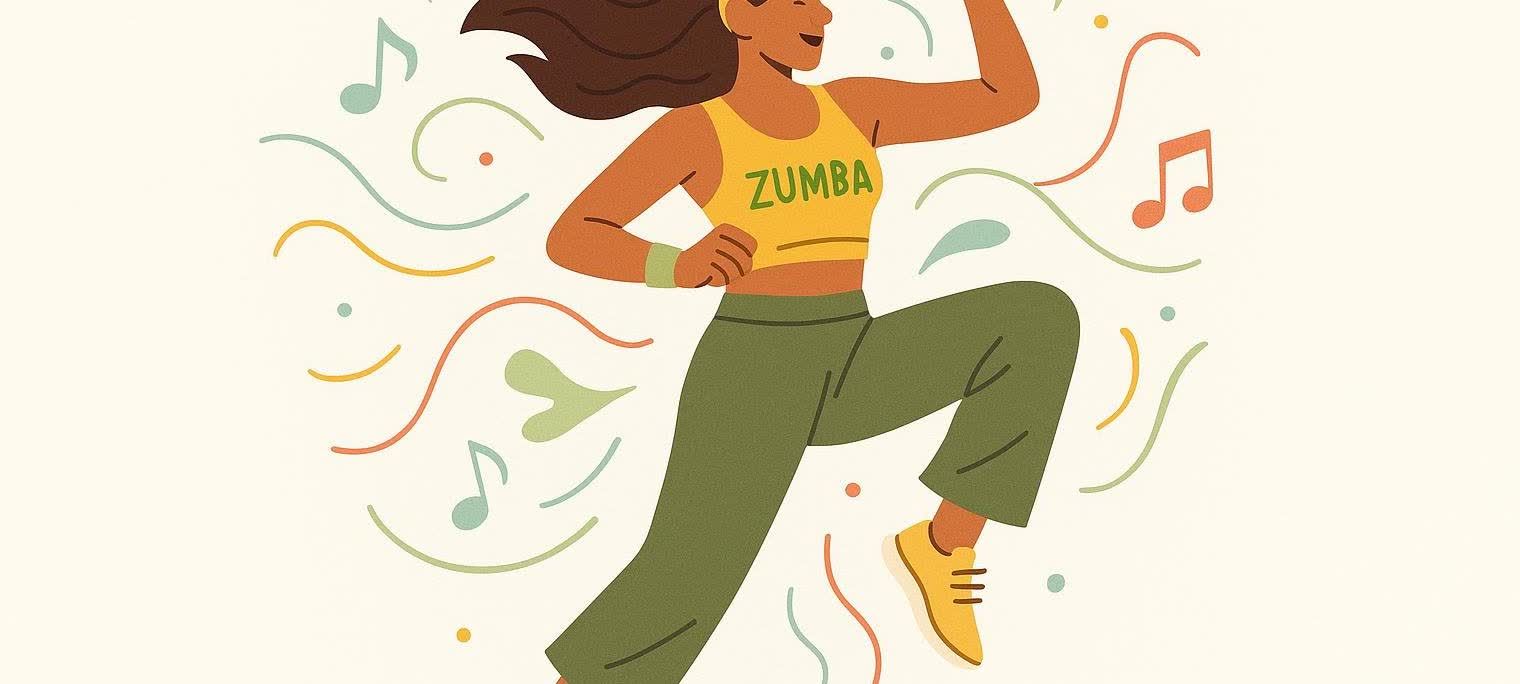
Zumba Guide: Benefits, Moves & Class Planner
Zumba turns the gym into a dance party—and still counts as a serious cardio workout. Whether you want to shake off stress, torch calories, or even teach your own class, this guide covers everything you need to know—plus tips for mapping your own weekly class plan.
Table of Contents
- What Is Zumba?
- Science-Backed Benefits
- How Many Calories Does Zumba Burn?
- Main Zumba Formats
- Core Moves You’ll See in Class
- Build Your Weekly Class Plan
- Sample Weekly Schedules
- Getting Started at Any Age or Fitness Level
- Instructor Certification Roadmap
- Track Your Results with BodySpec
- FAQ
- The Bottom Line
What Is Zumba?
Created in the mid-1990s by Colombian dancer Beto Pérez, Zumba fuses Latin rhythms—salsa, merengue, cumbia, reggaetón—with easy-to-follow aerobics choreography. What started as a happy accident (Pérez forgot his usual music for an aerobics class and improvised with salsa tapes) has exploded to 200,000+ locations in 180+ countries (Zumba.com).
Quick Timeline
| Year | Milestone |
|---|---|
| 1998 | First Zumba classes taught in Colombia |
| 2001 | Zumba Fitness LLC founded in Miami |
| 2005 | Zumba Instructor Network (ZIN) launches |
| 2010 | Zumba® expands into Aqua, Toning, and Gold formats |
| 2020 | Virtual Zumba classes surge during global lockdowns |
Unlike traditional step-counter workouts, Zumba choreography repeats in song-length blocks, so classes feel more like dancing in a club than clocking miles on a treadmill.
Science-Backed Benefits
1. Calorie & Fat Burn
A 2016 systematic review of eight Zumba interventions reported participants averaged ≈9 kcal per minute, categorizing the workout as moderate-to-vigorous intensity exercise.
2. Cardiovascular Fitness
An eight-week randomized trial of inactive women recorded 4–6 % VO₂-max improvements after three 60-minute Zumba sessions each week—heart-rate tracking routinely reached 70–85 % of HRmax, the sweet spot for endurance gains.
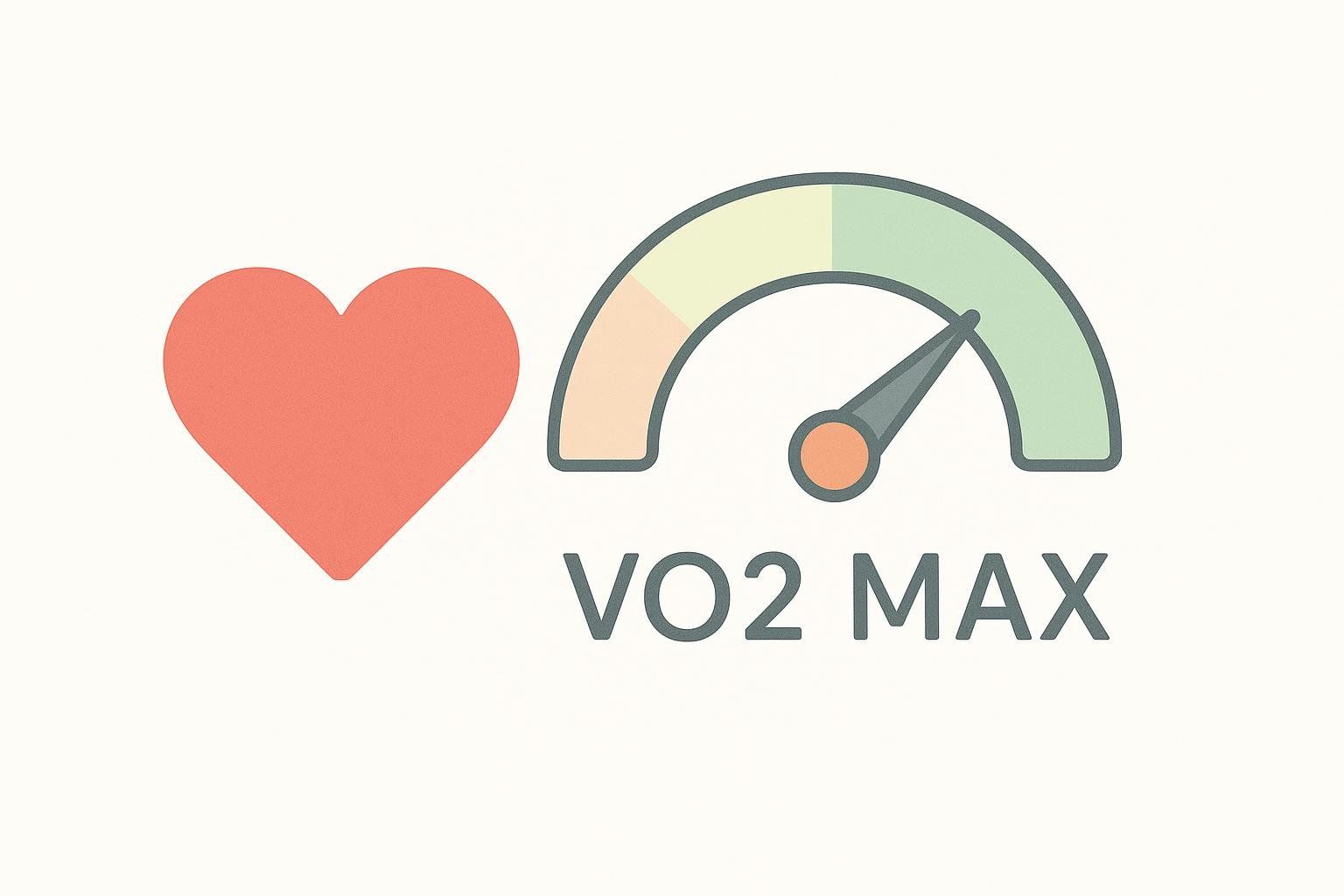
3. Body-Composition Changes
A 2021 study in overweight adults reported significant waist-circumference loss and 3–4 % body-fat reduction. Tools like DEXA scans can help verify that weight loss is primarily from fat mass, not muscle.
4. Mental-Health Boost
Music-driven movement triggers dopamine release and elevates mood—functional MRI scans show surges of dopamine in reward centers when people listen to favorite songs (Nature Neuroscience study). Participants also report higher exercise enjoyment versus treadmill cardio.
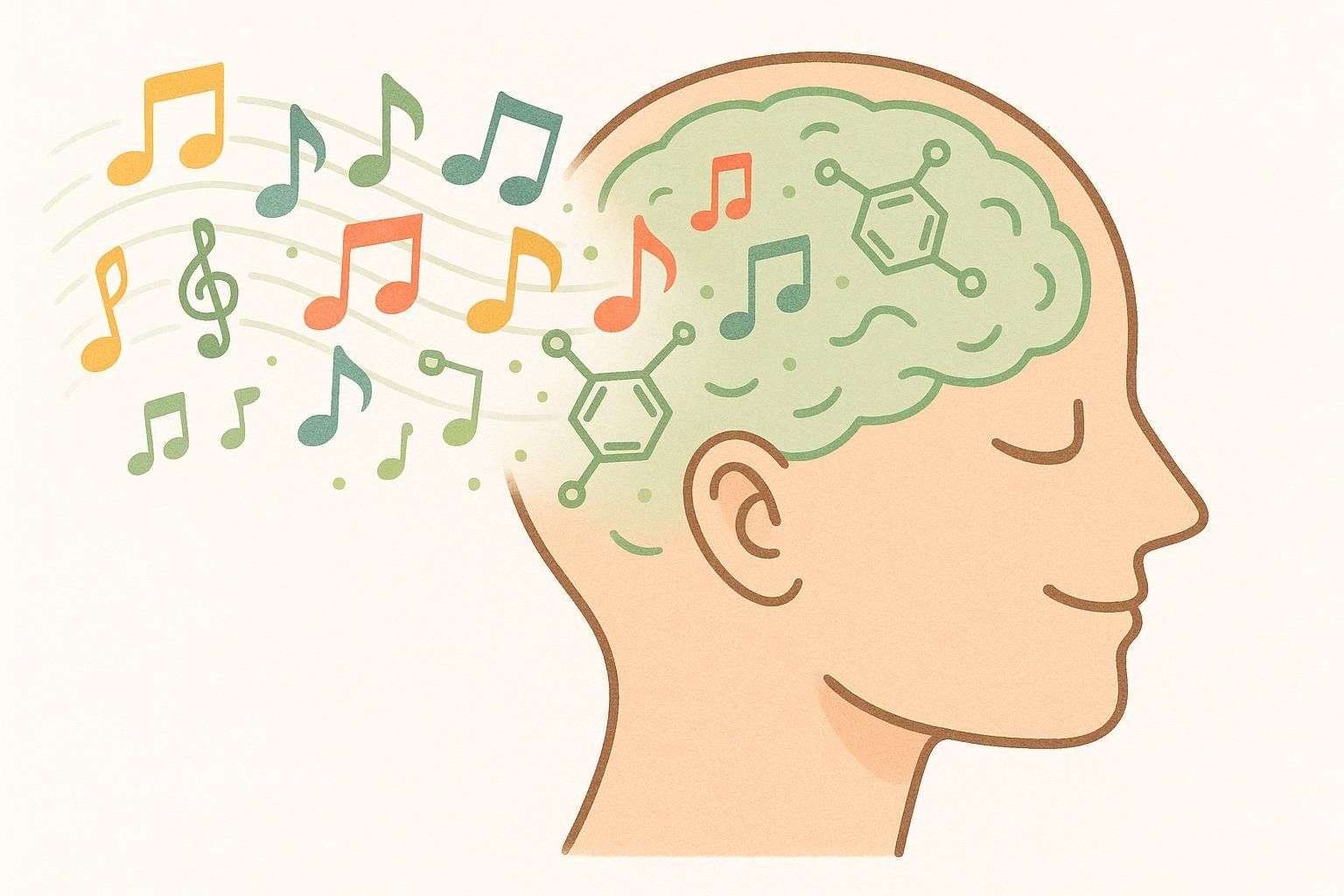
5. Social Connection
Group choreography and call-and-response cues foster community—observational data show higher adherence rates for group classes compared with solo workouts (Journal of Physical Therapy Science, 2021).
How Many Calories Does Zumba Burn?
| Body Weight | 30-min Basic Class | 60-min Basic Class |
|---|---|---|
| 125 lb (57 kg) | 200–240 kcal | 400–480 kcal |
| 155 lb (70 kg) | 245–295 kcal | 490–590 kcal |
| 185 lb (84 kg) | 285–345 kcal | 570–690 kcal |
Calorie math uses the Compendium of Physical Activities codes for “dancing, aerobic, general” (7.3–8.5 METs).
Main Zumba Formats
| Format | Intensity | Best For | Unique Feature |
|---|---|---|---|
| Zumba Basic | Moderate | General population | Latin hits + easy choreography |
| Zumba Toning | Moderate + light weights | Muscle definition seekers | 1–3 lb maraca-style toning sticks |
| Strong Nation | High | HIIT fans | Beat-sync’d body-weight intervals |
| Aqua Zumba | Low-to-Mod | Joint issues, pregnancy | Water buoyancy reduces impact |
| Zumba Gold | Low | Seniors, beginners | Slower pace, chair options |
| Zumba Kids | Playful | Ages 4–11 | Games + simplified steps |
Core Moves You’ll See in Class
- Merengue March – March in place by stepping left-right-left-right on a quick four-count while gently lifting knees and letting the hips sway side-to-side to the tropical beat.
- Salsa Basic – Step the right foot forward on count 1, replace weight back to the left foot on count 2, then tap the right foot beside the left on count 3-and-4; repeat backward and switch legs to create the classic quick-quick-slow groove.
- Cumbia Step – Rock your weight onto the ball of the right foot diagonally behind you, pivot your hips forward, then return to center and switch sides—think “rock-behind, recover, tap” with a subtle torso twist.
- Reggaetón Stomp – Plant feet wide and stomp one heel down with a slight knee bend as the chest pops forward, then alternate feet while adding a rolling body wave for that urban-dance vibe.
- Beto Shuffle – Travel laterally by shuffling three small steps to the right and tapping on 4, then repeat left; keep knees soft, pump the arms for power, and stay low to the floor.
- Cha-Cha Turn – Step forward on the right, pivot 180°, then execute a triple “cha-cha-cha” (right-left-right) before repeating; use quick hip action and spot your eyes to stay balanced.
Build Your Weekly Class Plan
A great plan balances fun, frequency, and recovery. Use the steps below to create a calendar you’ll actually follow:
- Define Your Primary Goal
• Fat-loss, stress relief, community, or training to teach? Pick one to guide frequency and class type. - Set a SMART Weekly Target
• Example: “Attend three 45-minute Zumba Basic classes and log 20,000 steps.” - Choose Complimentary Formats
• Mix higher-intensity Strong Nation or Toning sessions with lower-impact Gold or Aqua days to spare joints. - Schedule Recovery
• Leave at least one full rest day—or an active-recovery walk—between high-intensity sessions. - Pair With Strength Training
• Slot two strength sessions on non-Zumba days to protect muscle and joints. - Track & Adjust
• Note attendance, energy, and soreness. Tweak frequency upward once classes feel easier.
Sample Weekly Schedules
| Goal & Persona | Mon | Wed | Fri | Sat | Sun |
|---|---|---|---|---|---|
| Beginner | 30-min Virtual Basic | Rest | 45-min Studio Basic | Rest | Active recovery (light stretch or walk) |
| Low-Impact Consistency | 30-min Zumba Gold | Rest | 30-min Aqua Zumba | Walk | Stretch |
| Instructor Trainee | Strong Nation HIIT | Practice teaching (30 min) | Zumba Toning | Rest | 60-min Master Class |
Feel free to swap days around your work and family schedule.
Getting Started at Any Age or Fitness Level
Equipment Checklist
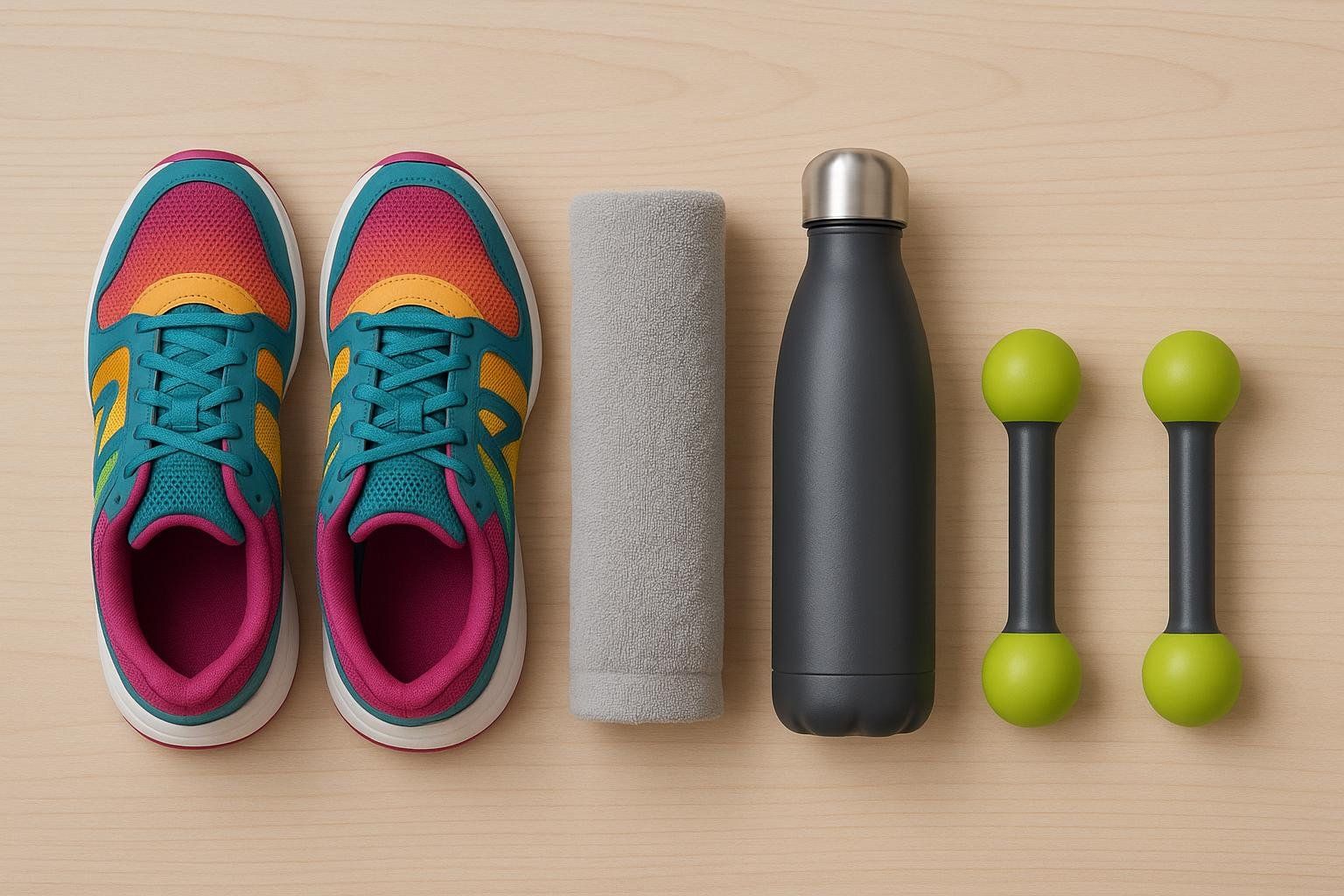
✅ Supportive cross-training shoes with pivot-friendly soles
✅ Moisture-wicking top + breathable bottoms
✅ 1–2 lb toning sticks or light dumbbells (optional)
✅ Water bottle + small towel
Joint-Friendly Modifications
- Keep at least one foot on the ground (step instead of jump).
- Reduce torso twists if you have lower-back issues.
- Swap in low-impact cardio moves during high-impact songs and rejoin when ready.
Seniors & Zumba Gold
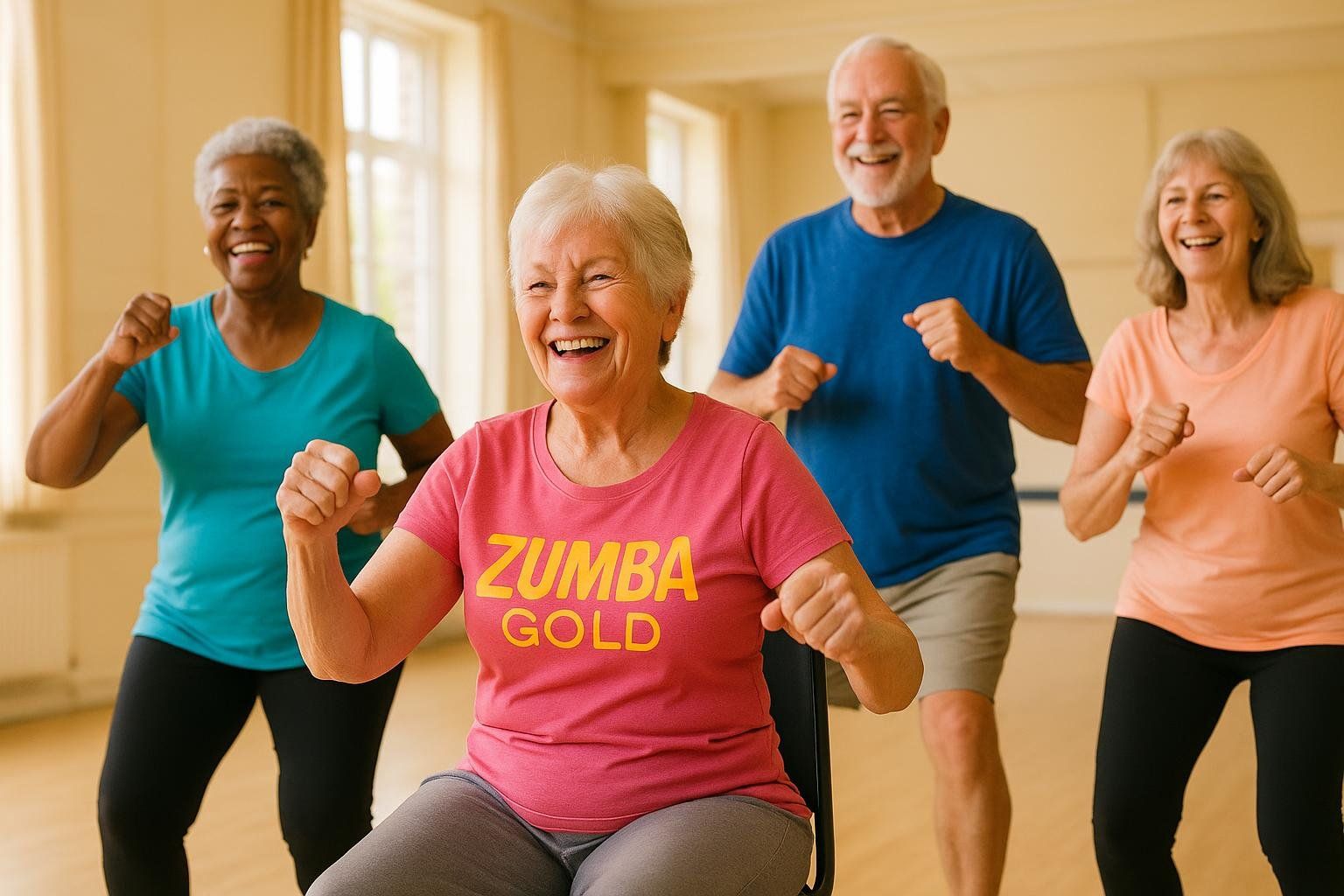
Zumba Gold slows the tempo to ≈100–120 BPM and often includes chair-assisted options, making it ideal for mobility work and socializing. Multiple studies indicate that dance programs improve balance and cognitive function in older adults.
Instructor Certification Roadmap
Becoming a licensed instructor lets you teach anywhere Zumba is offered and grants access to the ZIN™ music/choreo library.
- Choose a Training – Basic Steps Level 1 is the typical entry point; costs vary by region and provider.
- Attend the 1-Day Workshop – Includes technique breakdown and practice teaching.
- Activate Your ZIN Membership – A monthly subscription provides new music, choreography, and marketing tools.
- Add Specialties – Branch into Toning, Aqua, or Strong Nation via specialty workshops (pricing differs by format).
- Stay Certified – Maintain CPR/AED credentials and complete continuing-education modules.
- Handle Logistics – Secure liability insurance, schedule classes, and promote on social.
Track Your Results with BodySpec
A bathroom scale can’t reveal whether those dance parties are trimming fat, adding lean mass, or both. A BodySpec DEXA scan provides:
- Regional and total fat mass—see if stubborn visceral fat is shrinking
- Lean-tissue changes to ensure you’re not losing muscle
- Bone-density checkpoints (important for high-impact formats like Strong Nation)
Book a mobile-truck or studio appointment, then revisit your class plan armed with precise data.
FAQ
Is Zumba enough exercise by itself?
The American Heart Association recommends 150 min of moderate or 75 min of vigorous cardio weekly. Three standard Zumba classes hit that goal. For a well-rounded routine, complement this with two weekly strength sessions.
Do I need dance experience?
No. Repetitive song blocks mean steps repeat until you nail them.
Can I do Zumba while pregnant?
With doctor clearance, yes—opt for Aqua or Gold versions, avoid jumps, and monitor temperature.
What should I eat before class?
A light carb-protein snack 60 min prior (banana with peanut butter) fuels glycogen without stomach upset.
How soon will I see results?
Many notice mood and energy upgrades in 1–2 weeks. Body-composition changes typically appear after 4–6 weeks, measurable via DEXA.
The Bottom Line
Zumba blends heart-pumping cardio, musical joy, and community vibes—all ingredients for consistent workouts. Use a simple weekly planner, pair sessions with routine BodySpec scans, and watch both your dance skills and health metrics groove to a new beat.
